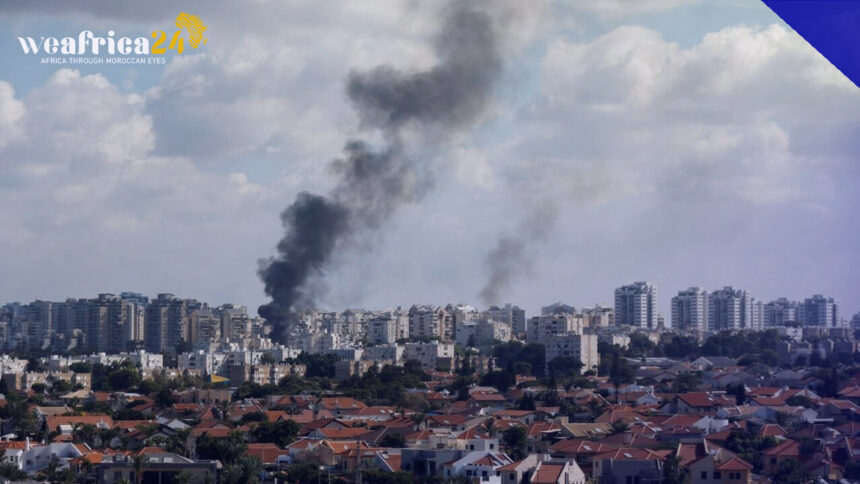Israel and the Hamas movement have agreed to a four-day ceasefire, bringing a respite after weeks of intense Israeli military operations in the Gaza Strip that resulted in widespread destruction. The announcement comes after ongoing negotiations mediated by Qatar, with involvement from the United States, Israel, and Hamas.
The ceasefire, set to begin shortly with an official announcement, encompasses a cessation of combat operations. A noteworthy component of the agreement is the release of 50 detainees in Gaza by Israel, with a focus on women and children. Simultaneously, Hamas will release 150 Palestinians from Israeli prisons, prioritizing the release of women and children among them.
A unique aspect of the agreement is the provision for extending the ceasefire. For every additional 10 detainees released from Gaza, there is a consideration to prolong the ceasefire for an additional day. This mechanism aims to encourage continued reciprocal goodwill between the parties.
In a move aimed at addressing the humanitarian crisis in Gaza, the agreement permits the entry of hundreds of trucks carrying essential aid, medical supplies, and fuel into the Gaza Strip. This provision seeks to alleviate the suffering of the population affected by the recent hostilities and restore some normalcy to daily life.
The ceasefire agreement marks a crucial step toward de-escalation and presents an opportunity for both sides to assess the situation and engage in diplomatic efforts for a more lasting resolution. The international community closely watches these developments, hoping for a sustained peace that can contribute to stability in the region. The official announcement of the ceasefire’s commencement is eagerly anticipated as a positive sign of progress in the ongoing negotiations.







